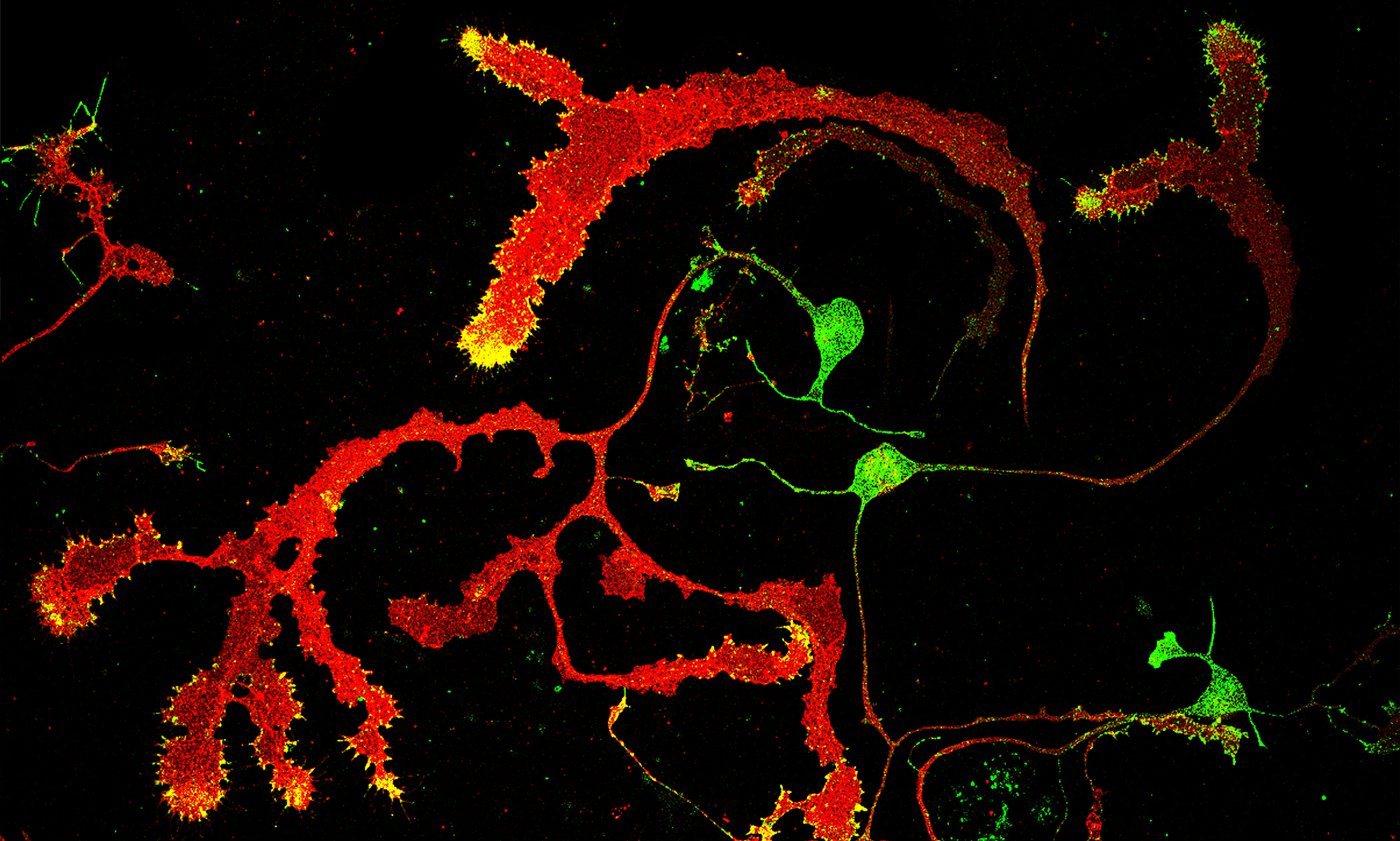The capacity of mature adipocytes to de-differentiate into fibroblast-like cells has been demonstrated in vitro and a few, rather specific in vivo conditions. A detailed comparison between de-differentiated fat (DFAT) cells and adipose stem and progenitor cells (ASPCs) from different adipose depots is yet to be conducted. Moreover, whether de-differentiation of mature adipocytes from classical subcutaneous and visceral depots occurs under physiological conditions remains unknown.
In our latest paper, we used in vitro”ceiling culture”,single cell/nucleus RNA sequencing, epigenetic analysis and genetic lineage tracing to address these questions.
We found that in vitro-derived DFAT cells have lower adipogenic potential and distinct cellular composition compared to ASPCs. In addition, DFAT cells derived from adipocytes of inguinal origin have dramatically higher adipogenic potential than DFAT cells of the epididymal origin, due in part to enhanced NF-KB signaling in the former. We also show that high-fat diet (HFD) feeding enhances DFAT cell colony formation and re-differentiation into adipocytes, while switching from HFD to chow diet (CD) only reverses their re-differentiation. Moreover, HFD deposits epigenetic changes in DFAT cells and ASPCs that are not reversed after returning to CD. Finally, combining genetic lineage tracing and single cell/ nucleus RNA sequencing, we demonstrate the existence of DFAT cells in inguinal and epididymal adipose depots in vivo, with transcriptomes resembling late-stage ASPCs.
These data uncover the cell type- and depot-specific properties of DFAT cells, as well as their plasticity in response to dietary intervention. This knowledge may shed light on their role in life style change-induced weight loss and regain.
The paper has been published in Molecular Metabolism
Read the full paper HERE
